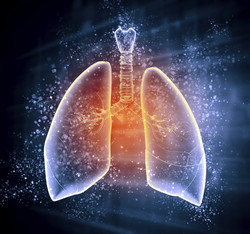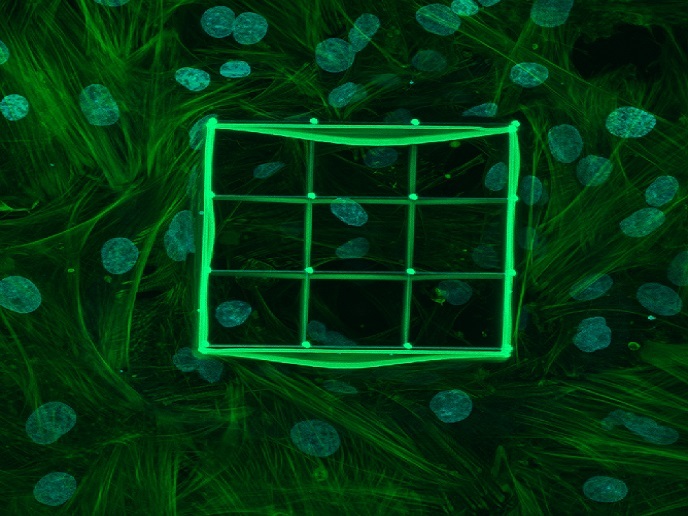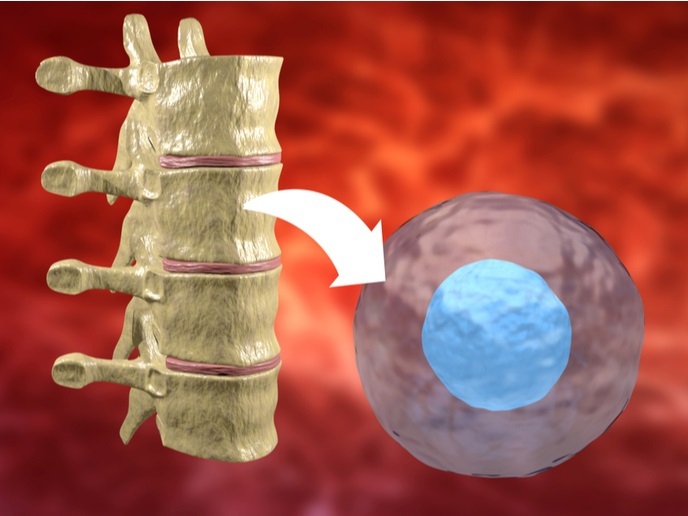Breathe easy with a synthetic lung
Currently available artificial lungs typically fail after approximately one month, leaving COPD as the fourth leading cause of death worldwide. Scientists on the EU-funded project AMBULUNG(opens in new window) (Ambulatory bio-artificial lung) have delivered a first-of-its-kind wearable, ambulatory bio-artificial lung for long-term outpatient use. The effective use of commercial lung assist systems is limited by thrombus formation at the blood-machine interface. Moreover, bulkiness also restricts their use to the Intensive Care Unit. To limit thrombus formation, increased gas exchange rate and the service life of the gas exchange unit, researchers worked to integrate human endothelial cells (ECs) into the diffusion membrane. Another key focus area was miniaturisation of the device to increase patient mobility, and facilitate use in an outpatient setting. Project members developed suitable processes to differentiate ECs from human embryonic stem cells and expanded these ECs to ensure adequate numbers for cellularisation of the diffusion membrane. In parallel, they functionalised the gas-exchange surface of the diffusion membrane using biochemical and physical methods to ensure favourable conditions for cellularisation. Via seeding tests using a newly developed dynamic bioreactor, they also determined optimal surface conditions required to promote a durable and stable cell coating. Research efforts were hugely successful with regard to wearability, mobility and utility. AMBULUNG developed a small and lightweight innovatively shaped gas exchanger with a cellularisation-capable diffusion membrane. The miniaturised hardware including the disposable components weigh under three kg. A key feature is the reduced blood volume required outside the body that should reduce risk for patient. The prototypes developed for the entire system were successfully tested in a laboratory setting as well as in animals and patent applications have been filed. The AMBULUNG team are continuing to work together after the end of the project to further optimise and validate this system in a clinical setting. Their bioartificial lung system would promote mobility and self-management rather than hospitalisation for COPD patients, thus giving them a good quality of life. COPD patients can look forward to rapid commercialisation thanks to extensive industrial partner experience with artificial lungs.







